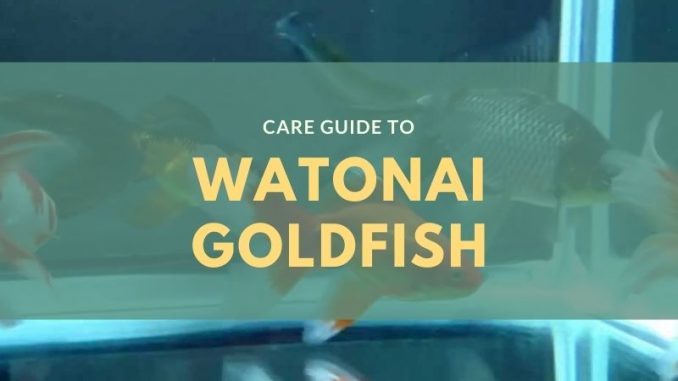
There are goldfish, and then there are GOLDfish. We’re not talking about the little goldfish cruelly placed in a plastic bag at the fair.
The Watonai Goldfish is a fancy yet extremely rare double-tailed goldfish that was extinct but has recently been resurrected. Easy enough for a beginning hobbyist yet special enough to capture the attention of even the most experienced hobbyist, the Watonai Goldfish will wow you with its butterfly-like body and rich orange and black color varieties.
Fancy goldfish are popular, but the Watonai Goldfish is a whole other level of fancy. While they won’t get much bigger than 12 inches in your home aquarium, if you’re housing them in a pond, they could reach a length of 19 inches!
In this guide, I’ll discuss the history of these very special fish, back from the past with style and grace. I’ll also go over everything you need to know to give these beauties the best care possible.
TABLE OF CONTENTS
Watonai Goldfish Facts & Overview
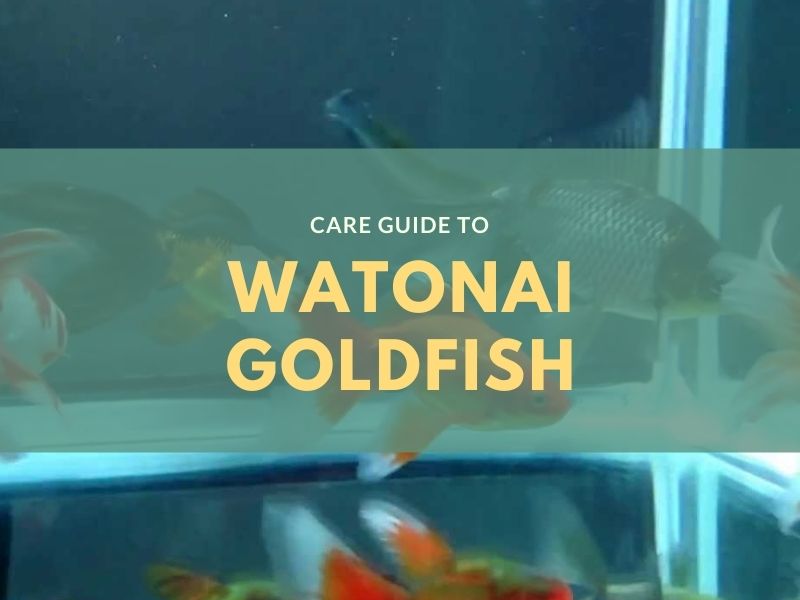
| Category | Rating |
| Care Level: | Easy to moderate |
| Temperament: | Peaceful but may nip |
| Color Form: | Orange and black |
| Lifespan: | Unknown |
| Size: | 10-12 inches |
| Diet: | Omnivore |
| Family: | Cyprinidae |
| Minimum Tank Size: | 30 gallons |
| Tank Set-Up: | Freshwater with plants |
| Compatibility: | Peaceful community |
An older variety of goldfish, Watonai were first described in Japan in 1908. Bred as a cross of a humped-back Ryukin goldfish and fantail Wakin goldfish, the Watonai was known for its flowing tail fins (from the Ryukin side) and streamlined body (from the Wakin side).
Also from the Wakin comes the hardy ability to thrive in outdoor ponds. But the descendants of the Watonai disappeared in the middle of the 20th century, and the cold-tolerant, double-tailed beauty disappeared.
Until a few years ago, when a group of breeders decided to bring back the Watonai. They are still pretty rare, and very expensive, but the world now gets to enjoy the long and flowing double tail on a sturdy fish that can live outside and tolerate the cold.
Typical Behavior
Peaceful and social fish, the Watonai have a classic goldfish temperament. They are curious and love to explore the tank, searching for food and swimming happily around the tank.
They swim a little more slowly than the full-bred Wakin, since their bodies are not as streamlined, but they still enjoy gliding around the aquarium.
One poor behavior is that they will likely dig up any plants that you have and make quite a mess. But they won’t destroy them as the common goldfish will.
Although this breed is too new to determine average lifespan, goldfish, in general, can live 20 to 40 years when they are well-cared for, so it’s possible that Watonai could also live that long.

Appearance
In addition to their signature double-finned flowing tail, Watonai Goldfish have lush and rich coloration, sometimes a deep orange, sometimes a rich black, and sometimes a combination.
When viewed from an aerial view, they look like butterflies.
They typically reach a length of 10 to 12 inches in captivity, but if they are like the Wakin, they could reach 19 inches in the pond.
Habitat and Tank Conditions
A dark substrate will really highlight their colors, and you should choose a soft sand or rounded pebble so that they won’t scratch or injure their delicate flowing fins.
Goldfish are intolerant of ammonia and waste, and Watonai Goldfish are no exception, so they need a powerful filtration system.
But because they need slow-moving waters, you may have to cover the filter intake so the current is not too strong.
They need 8 to 12 hours of light per day.
You can add plants and decorations, but remember they might dig up live plants.
Water Conditions
Watonai is bred to withstand colder temperatures, so in this area, they differ from most goldfish.
The optimal parameters for the Watonai Goldfish are:
- pH levels: 6.0 to 8.0
- Water hardness: 5 to 19 dKH
- Water temperature: 60°F to 78°F (15.6-25.6°C)
What Size Aquarium Do They Need?
The Watonai Goldfish needs at least a 30-gallon tank. That will accommodate one fish; you will need another 15 to 20 gallons for each additional fish. They are large fish and they have tails that spread widely.
Tank Mates
Watonai does best with other goldfish, and you could also pair them with koi. Avoid smaller fish or invertebrates that they could swallow, and don’t risk putting them in a tank with aggressive species that could attack their flowing tail or even worse.
Diet
I recommend feeding Watonai only once a day. They have a tendency to overeat, and if they are too overweight, they may have health complications. Feed them only what they can consume in 3 minutes.
High-quality prepared goldfish food is acceptable, and a couple of times a week, you can sub out their goldfish food for bloodworms or brine fish.
Care
It’s really important to provide your Watonai Goldfish with an impeccably clean tank. Poor water conditions lower your fish’s immunity and increase the risk of disease. Watonai Goldfish often have problems with their swim bladders.
Their tails are so delicate that they are often injured, increasing their risk for infection.
Breeding
You’ll need a separate breeding tank that has a lower temperature to encourage breeding. Spawning happens when the temperature changes, so you start with a lower temperature and gradually raise it until it gets to at least 74°F.
The females will fill with eggs and the gill covers and fins of the males will get pimple-like bumps when they are ready to fertilize.
You could use a spawning mop to catch the eggs for easier transfer to a special fry tank, which you need since the adults will cannibalize the fry.
Are Watonai Goldfish Suitable for your Aquarium (or Pond)?
These fish are special and rare, and yet still easy to care for. It’s very difficult to find one, so if you can find one and you have the resources to buy it, I wouldn’t pass up the opportunity.
They are fascinating to look at and glide beautifully around the tank.
Would you keep your Watonai Goldfish in a tank or a pond? I’d love to hear from you in the comments section below. Thanks for stopping by!

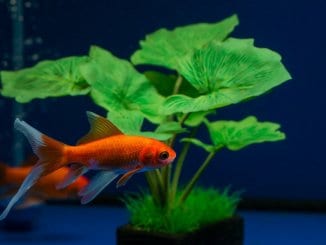
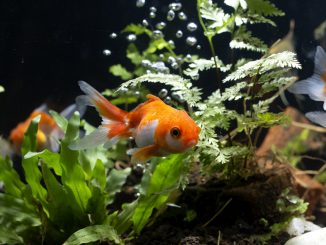
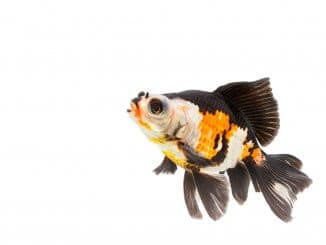
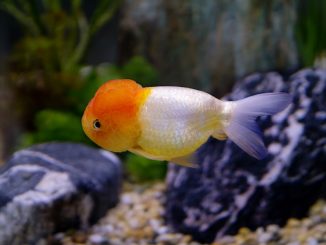
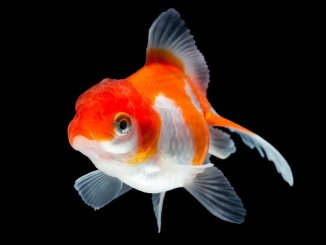
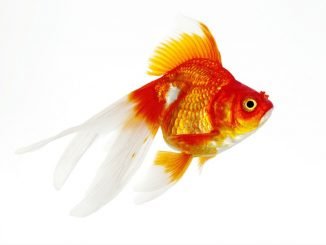
Be the first to comment